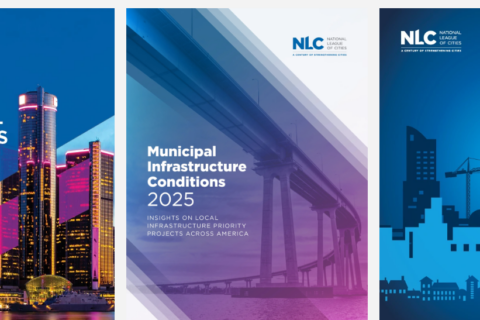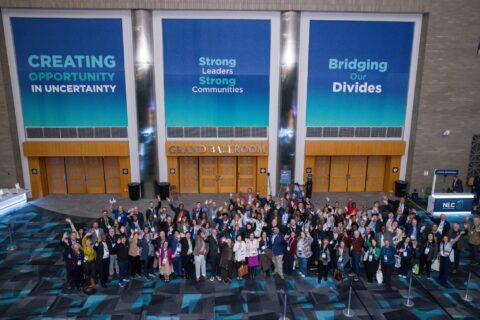Small cities are at the heart of the nation’s municipal landscape. In fact, the majority of cities that make up the National League of Cities membership have populations under 10,000. These communities may be small in size, but they are facing great challenges — particularly when it comes to rising employee wages and salaries. As labor costs increase, city leaders are navigating new fiscal challenges that have direct implications for budgeting and long-term financial planning.
As part of the annual City Fiscal Conditions Survey, NLC collected data from 170 cities for the Fiscal Year (FY) 2024. This blog draws on that dataset to examine wage increases in small cities. It also explores the rise in wages across various population categories and how this trend impacts municipal budgets across the country.
Rising Employee Wages/Salaries Negatively Influence City Budgets
Percentage of Cities Reporting Rise in Employee Wages/Salaries, by Influence on Budget and City Size
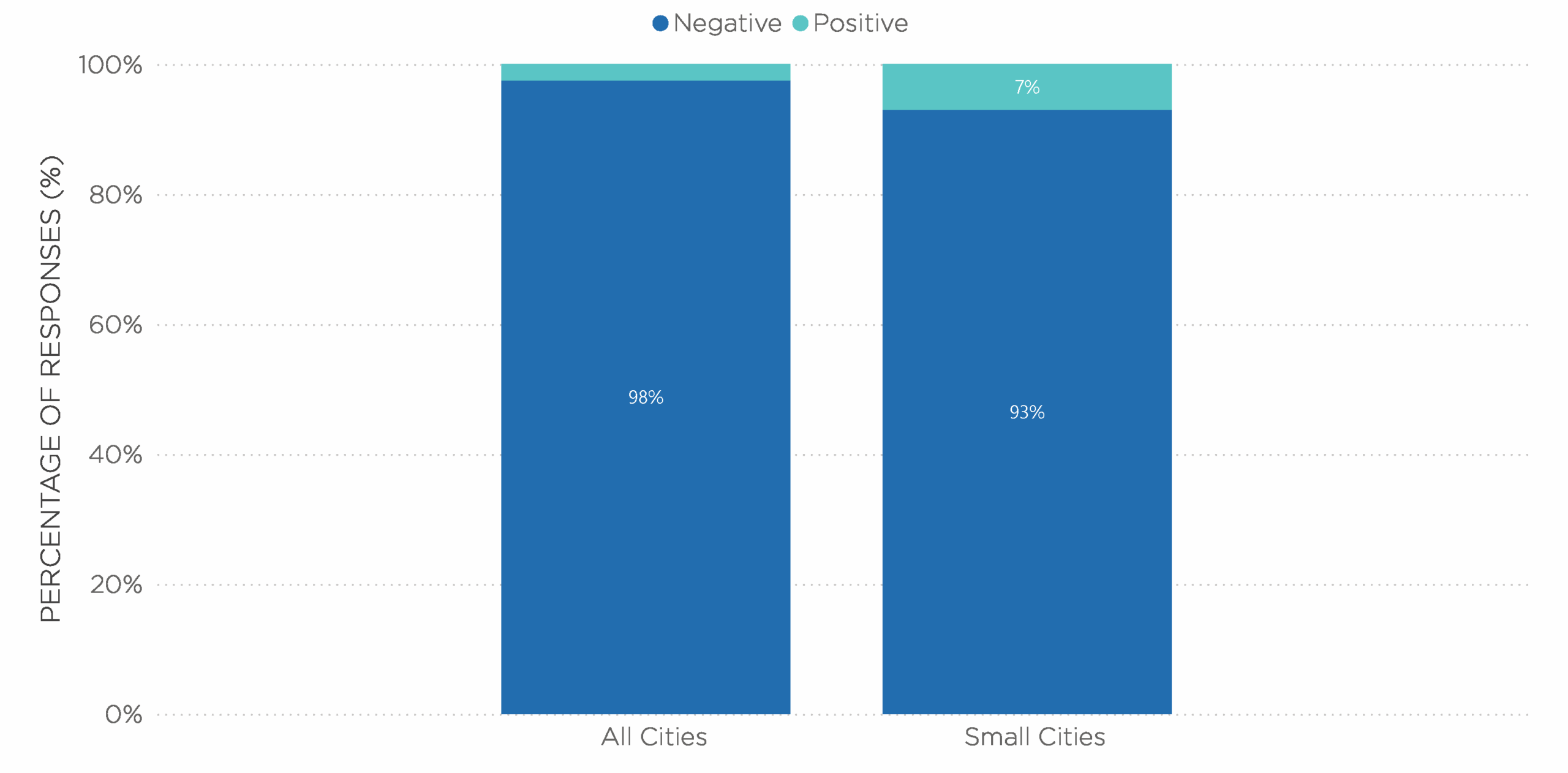
Small Cities See Increase in Employee Wages and Salaries
According to the City Fiscal Conditions Survey, Employee Wage and Salary increases are most prominent in small and mid-size cities. Among cities with a population between 10,000 to 49,999, 25 percent reported wage increases, while cities with less than 10,000 residents led the trend with 39 percent reporting increases. In contrast, larger cities, those with a population of over 50,000, showed around 13 percent increase. Interestingly, cities with populations of over 300,000 showed significantly lower rates of wage growth, which is about 5 percent. Overall, 95 percent of the surveyed governments reported some level of wage increase, while only 6 percent reported no change.
This trend highlights how small municipalities are increasingly adjusting compensation, likely in response to labor market pressure, which in turn is reshaping local budget priorities across the country.
Small Cities Report Increase in Employee Wages/Salaries for Fiscal Year 2024
Percentage Change in Employee Wages/Salaries from 2023 to 2024, by Population Category
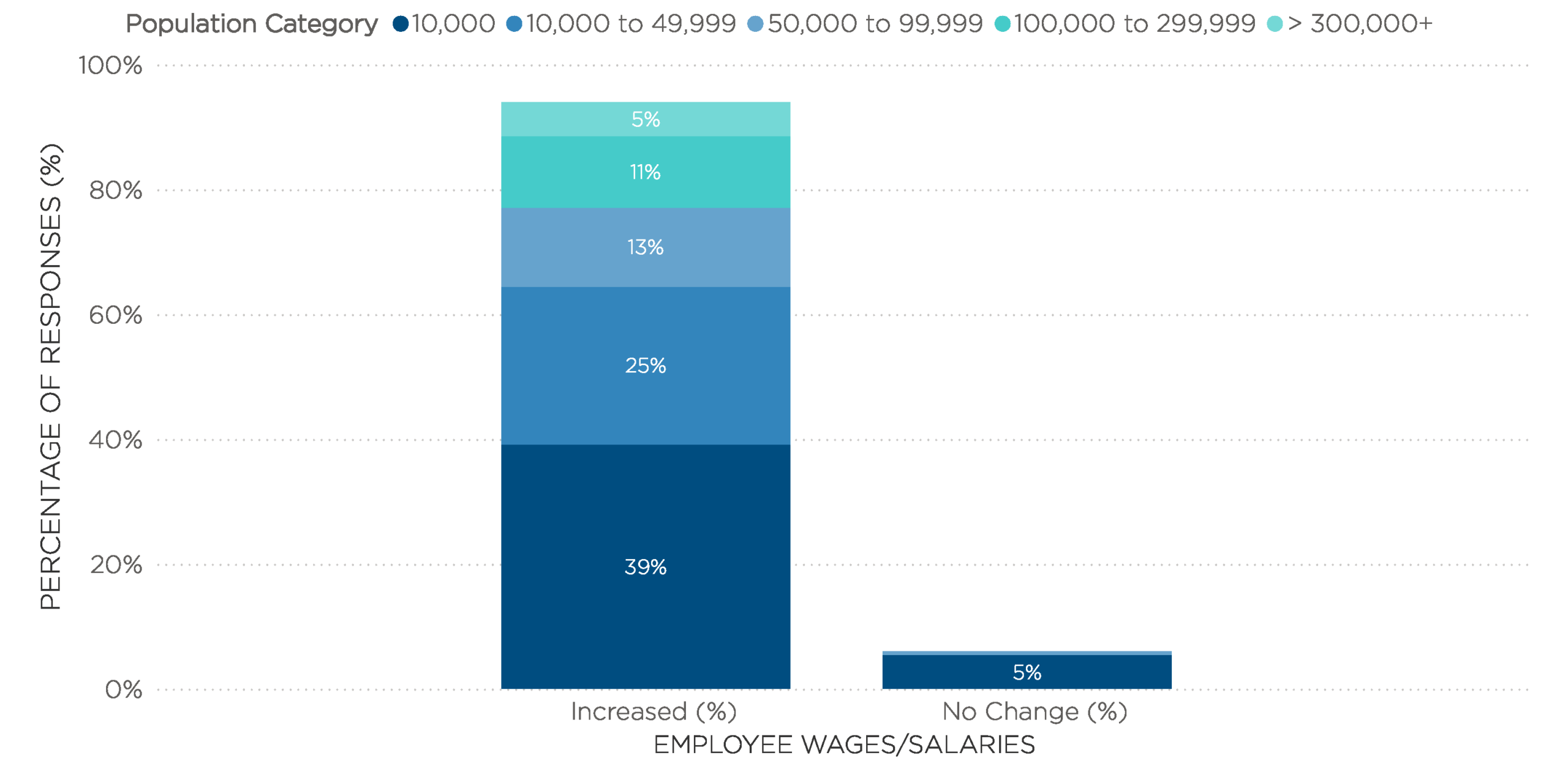
Rising Employee Wages and Salaries Put Pressure on Small City Budgets
Although pay raises are common, the effect they have on city budgets varies greatly depending on the size of the population. Smaller cities once again stand out among the 80 communities that reported on the effects of rising salaries on their budgets: 29 percent of cities with fewer than 10,000 population said that rising wages had a negative impact on the budget. Subsequently, 26 percent of cities with populations between 10,000 and 49,999 reported adverse consequences. Only 9 percent of the larger cities, which have a population of over 300,000, cited the same difficulties; only 5 percent of the smallest localities reported that wage rises had any beneficial budgetary effects. The financial burden that wage growth is putting on smaller municipalities — which frequently have narrower margins and fewer financial buffers — is shown by this data.
Rising Employee Wages/Salaries Put Pressure on Small City Budgets
Percentage Indicating Increase in Employee Wages/Salaries in Fiscal Year 2024, by Type of Influence on Budget and Population
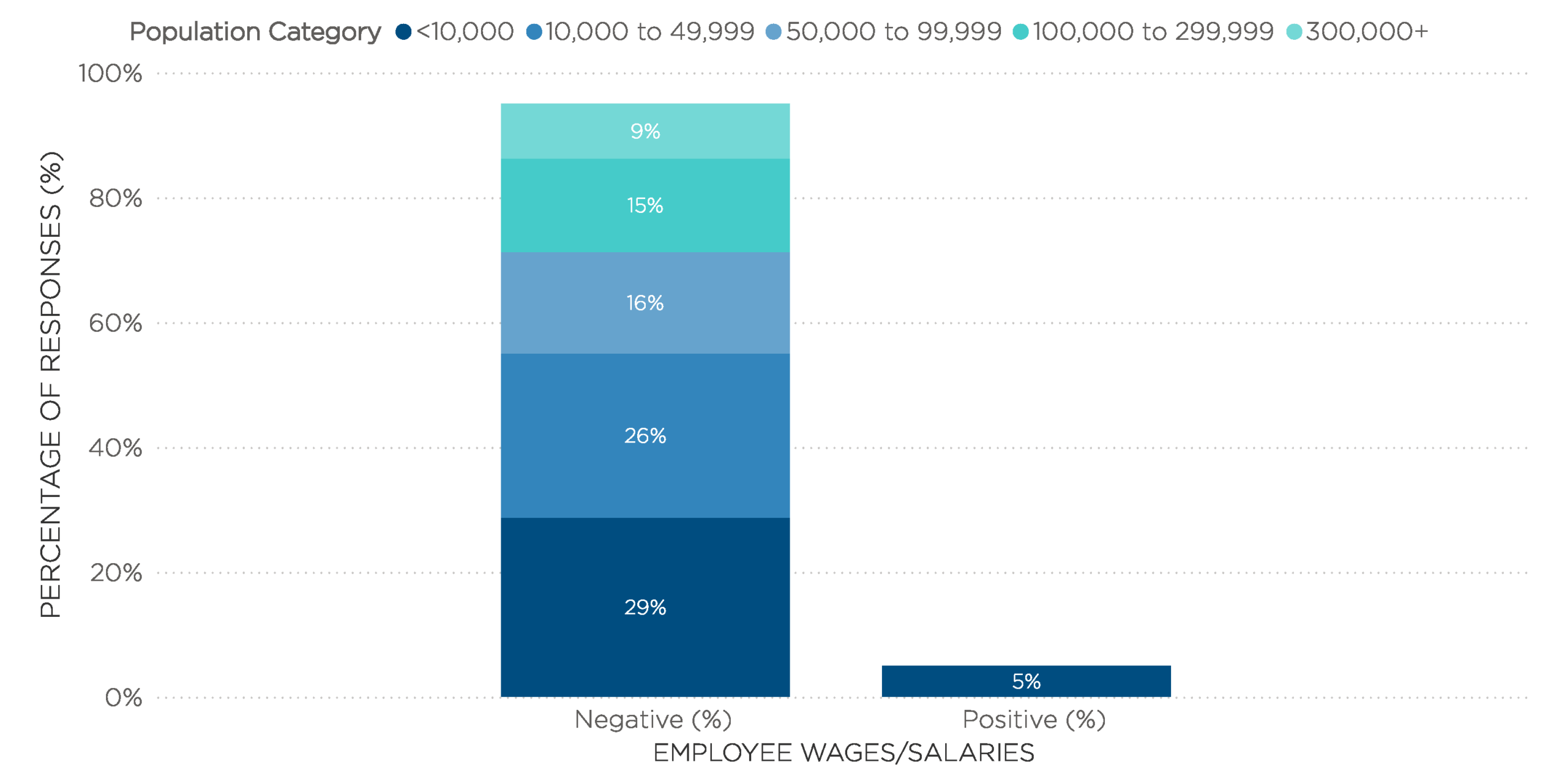
As cities continue to adapt to shifting economic conditions, understanding the fiscal impact of wage growth is more important than ever. While these increases may reflect positive developments in workforce investment and competitiveness, they also present real challenges for smaller communities striving to balance their budgets. Understanding these dynamics is essential for policymakers, city leaders and stakeholders as they navigate the evolving economic realities of their communities.
View the 2024 City Fiscal Conditions Report
Learn more about city fiscal conditions and get additional background pending the 2025 release of the City Fiscal Conditions report later this year.



